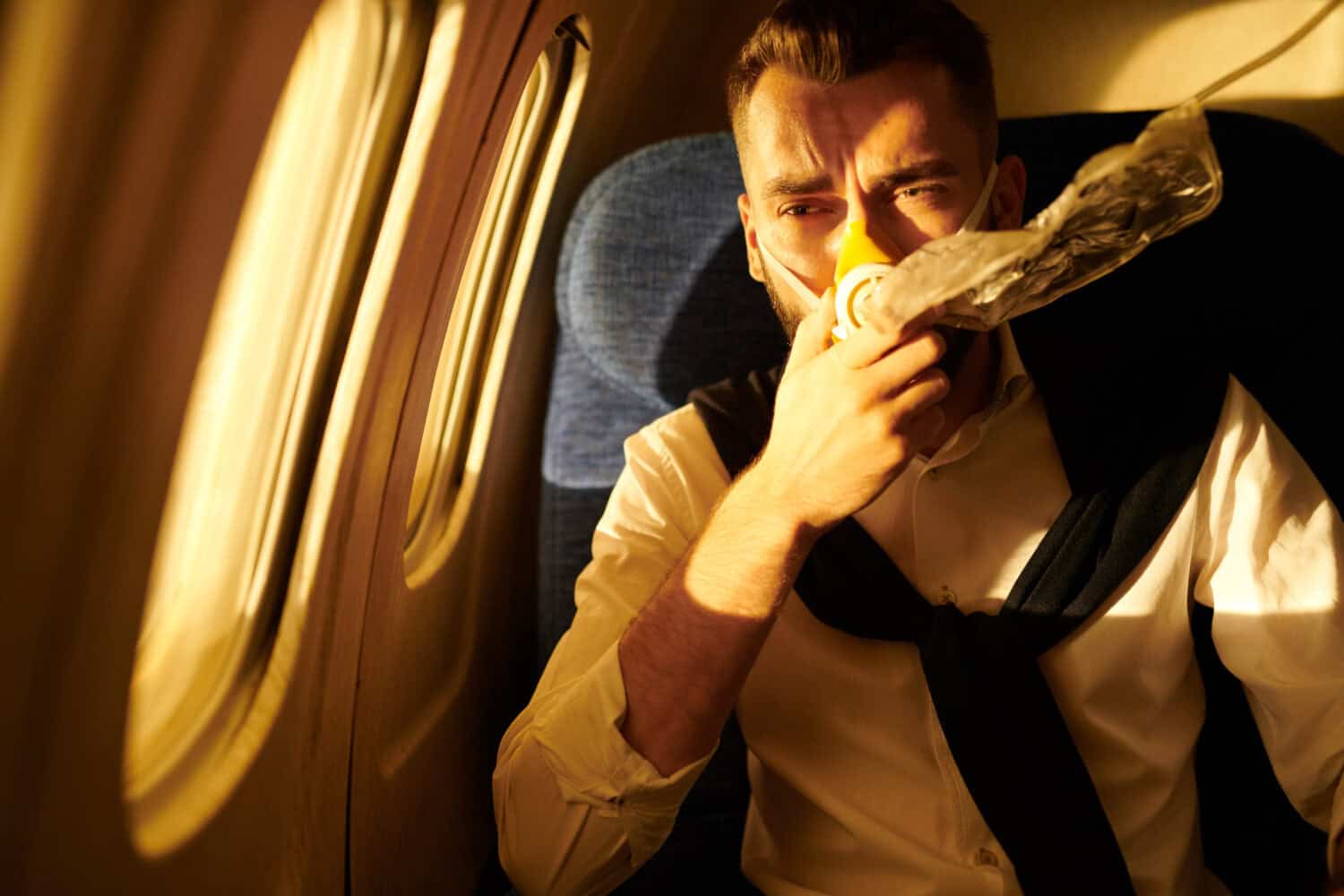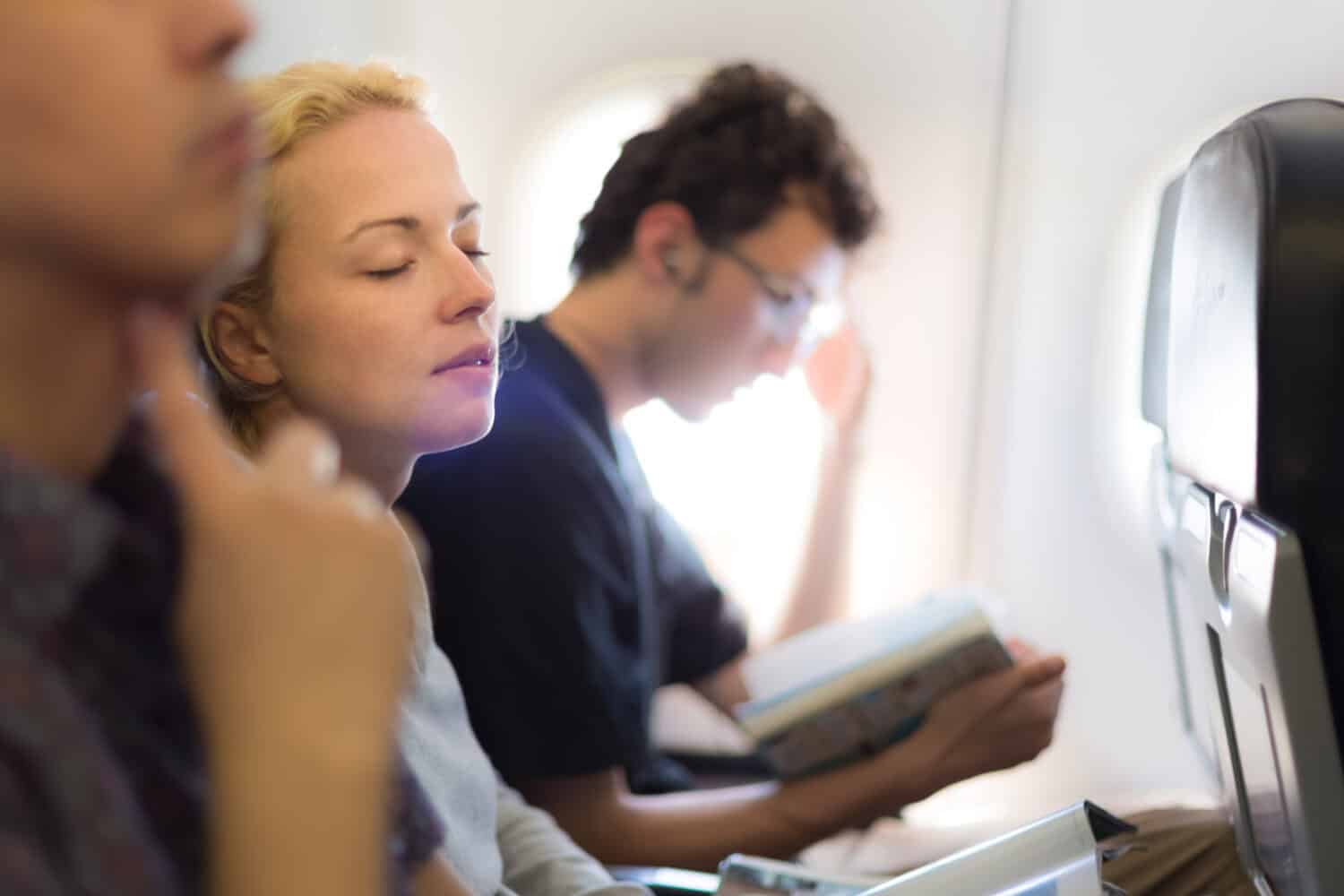Transportation
See How Many Airline Incidents Boeing and Airbus Have Had Each Year

Published:
Last Updated:

Millions of people have a fear of flying. Even for those of us who don’t we have to admit we hold our breath sometimes on takeoffs and landings and feel slightly alarmed at signs of turbulence. But commercial airliner crashes are exceedingly rare. A statistician at MIT specializing in airline safety calculated that between 2018-2022, the chances of dying on a flight anywhere in the world were only 1 in 13.4 million. You’re vastly more likely to perish in a car accident (your odds are 1 in 93) or even from sunstroke (1 in 4,655).
That level of safety doesn’t mean the odds are zero, though. In fact, over a hundred times a year, an airliner has an “incident” that, in some cases, could jeopardize the safety of a flight. We’ve consulted data from the National Transportation Safety Board and Reuters to compare incidents happening each year on commercial airplanes of the two heavy passenger aircraft manufacturers: U.S.-based Boeing and the European company Airbus.

The safety of commercial aircraft is a topic of obvious concern to passengers, especially those who fly frequently for business or pleasure. It’s also a matter of interest to investors who need to know whether the major manufacturers are a good investment. Finally, even if we don’t fly or invest, the success or failure of such major companies can have a ripple effect on the whole economy, affecting all of us. Serious accidents can lead to increases in insurance rates, loss of orders for new aircraft, layoffs of employees, and reduced tax revenues for the government that will have to be made up somewhere else . . . or borrowed.

Just to get our terminology straight—in aviation, an accident is an event that happens while people are on an airplane that causes serious injury, death, or destruction. An incident is an event that happens during an airline operation that could compromise safety but doesn’t result in an accident. According to Skybrary, these are some examples of reportable incidents that can happen on aircraft:

Boeing is a global leader in aviation technology, designing and manufacturing aircraft, rockets, satellites, and missiles for companies and governments around the world. It brings in the largest export revenue of any American company. In 2023 it generated $77.8 billion in sales. Over 10,000 Boeing commercial jetliners are in service around the world, which is about half of all passenger airplanes in service. Most of these aircraft are the Boeing 737, 747, 767, 777, or 787. The company is based in Arlington County, Virginia.

Airbus SE is a European multinational aviation company that was formed in 2000 from the merger of separate French, German, and Spanish companies. The company’s main office is located in Blagnac, France. Airbus designs commercial aircraft, rockets, and helicopters. In 2019, it surpassed Boeing as the largest airliner manufacturer and is the world’s foremost helicopter producer. Its total revenue in 2023 was $70.83 billion. Its main aircraft in service today are the A220, A320, A330, A350, and A380.

Here is a comparison of the number of flight incidents reported on Boeing and Airbus aircraft.
| Year | Boeing Incidents | Airbus Incidents |
| 2014 | 66 | 13 |
| 2015 | 71 | 21 |
| 2016 | 102 | 22 |
| 2017 | 108 | 24 |
| 2018 | 112 | 25 |
| 2019 | 86 | 37 |
| 2020 | 58 | 22 |
| 2021 | 99 | 24 |
| 2022 | 111 | 32 |
| 2023 | 137 | 40 |
| 2024 | 20 | 4 |

Although, on the surface, Boeing’s larger number of incidents may make us think their planes are less safe, there are other factors to consider:

With Boeing and Airbus actually having similar safety profiles when all factors are considered, why is air travel, overall, so safe? Experts point to three main reasons:

If you want to improve your chances of surviving even more than the 13.4 million-to-1 favorable odds you already have, here are some suggestions:
If you’re doing all that on top of the airline’s already stellar safety record, then hopefully, the odds will be ever in your favor.
After two decades of reviewing financial products I haven’t seen anything like this. Credit card companies are at war, handing out free rewards and benefits to win the best customers.
A good cash back card can be worth thousands of dollars a year in free money, not to mention other perks like travel, insurance, and access to fancy lounges.
Our top pick today pays up to 5% cash back, a $200 bonus on top, and $0 annual fee. Click here to apply before they stop offering rewards this generous.
Flywheel Publishing has partnered with CardRatings for our coverage of credit card products. Flywheel Publishing and CardRatings may receive a commission from card issuers.
Thank you for reading! Have some feedback for us?
Contact the 24/7 Wall St. editorial team.